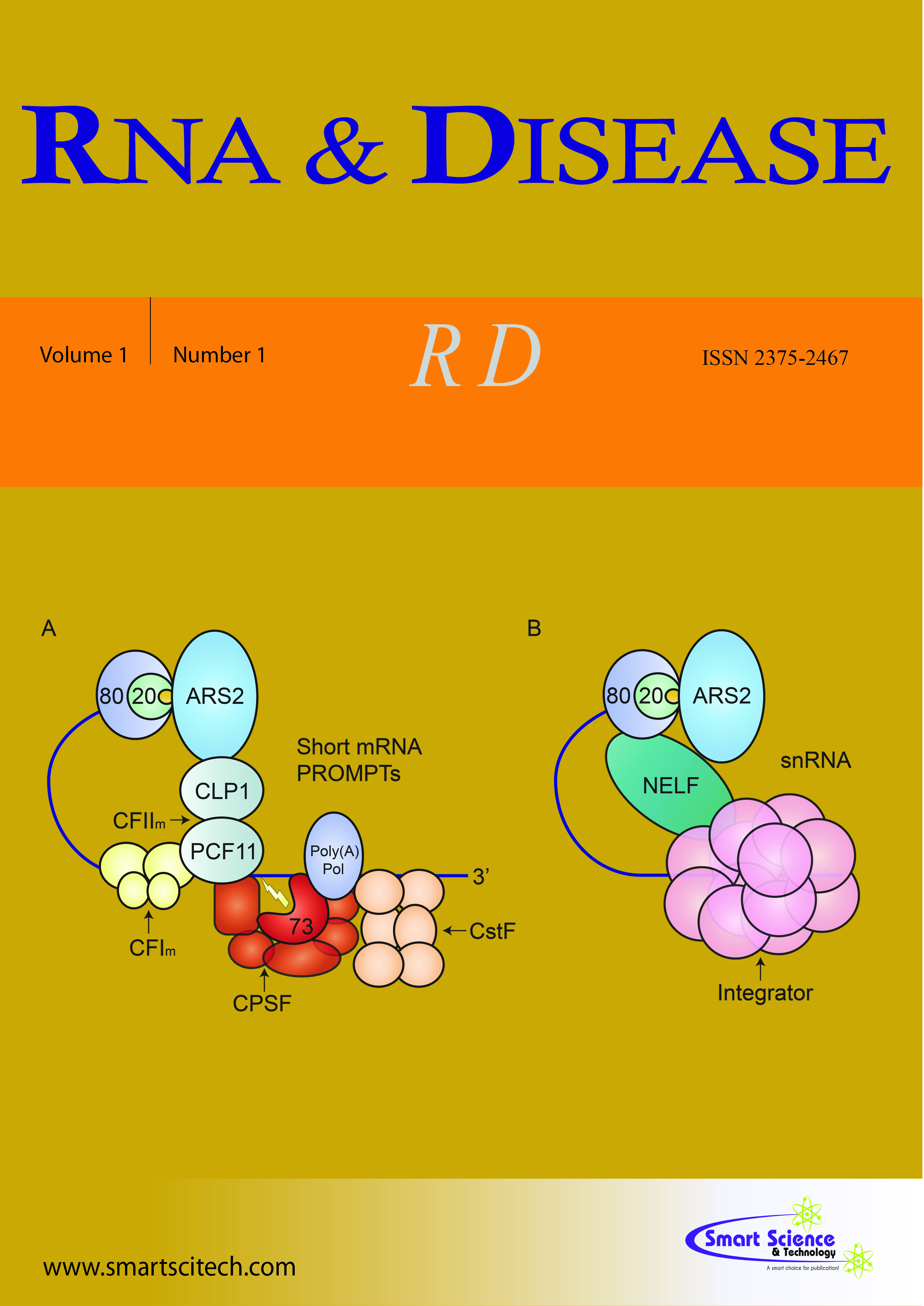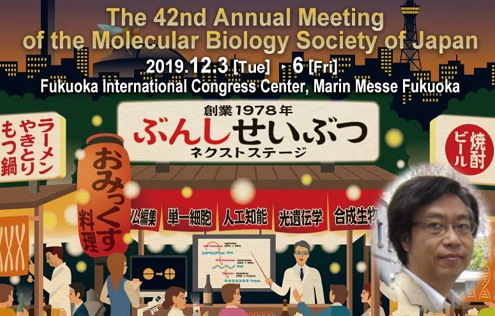It takes four to tango: long noncoding RNA PANDA, SAF-A, polycomb repressive complexes and NF-Y in senescence regulation
DOI: 10.14800/rd.855
Abstract
Cellular senescence is a stable cell cycle arrest that inhibits the outgrowth of pre-cancerous cells but is also implicated in wound healing, embryonic development, aging and age-related pathologies. Our knowledge on gene regulatory circuits that establish and maintain the senescence phenotype is highly fragmentary. Here, we provide several lines of evidence supporting a critical and novel function of scaffolding-attachment-factor A SAF-A and long, noncoding RNA PANDA in the establishment and maintenance of the senescence phenotype. First, we demonstrate that SAF-A and PANDA are differentially expressed in presenescent compared to senescent cells. Second, we show that both SAF-A and PANDA actively contribute to senescence induction and maintenance. Finally, we establish that SAF-A and PANDA physically and functionally interact to directly repress senescence- and proliferation-promoting genes by regulating access of polycomb repressive complexes PRC1 and PRC2 as well as transcription factor NF-YA to their cognate target genes. Together, our data identify DNA-RNA-binding protein SAF-A and long, noncoding RNA PANDA as key actors in senescence cell fate decision and unravel the importance of cell fate dependent target gene changes of transcription factors and noncoding RNAs.












